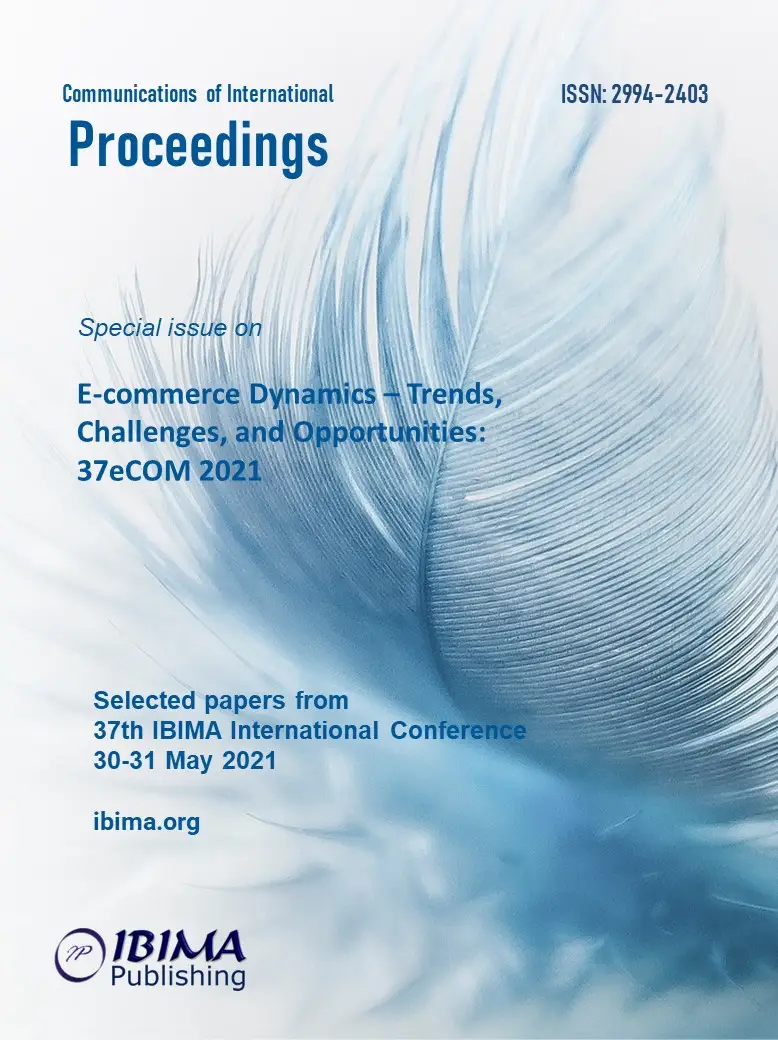
Malgorzata MISNIAKIEWICZ and Jaroslaw PAWLIK
Cracow University of Economics, Poland

Virtualization as one of the consequences of the fourth industrial revolution is noticeable in many aspects of our lives. Due to the development of technology, greater Internet accessibility, and the development of online stores and platforms, a dynamic development of e-commerce is observed.
E-commerce refers to buying and selling of goods or services using the Internet, and the transfer of money and data to execute these transactions. It usually refers to the sale of physical products online, but it can also describe any kind of commercial transaction that is facilitated through the Internet.
The aim of the article is to analyse the e-commerce market in Poland compared to other European Union countries. It was carried out on the basis of an analysis of secondary sources, especially the latest industry reports in the field of e-commerce. The article also addresses the current issue of the impact of the global COVID-19 pandemic on the e-commerce market. As the effect the analysis of the current state, and the presentation of forecasts for the development in this area were delivered. The characteristics of an e-commerce customer, as well as specific determinant of online purchases were made.
Online shoppers are much more inquisitive and demanding, and at the same time less loyal than customers of conventional distribution channels. Poland, despite the fact that it is at a slightly lower level of development in terms of e-commerce compared to the European average, is catching up with an impressive pace. Polish consumers and their choices practically do not differ from the choices of other consumers on the European market. The possibilities for e-commerce development in Poland are highly promising.